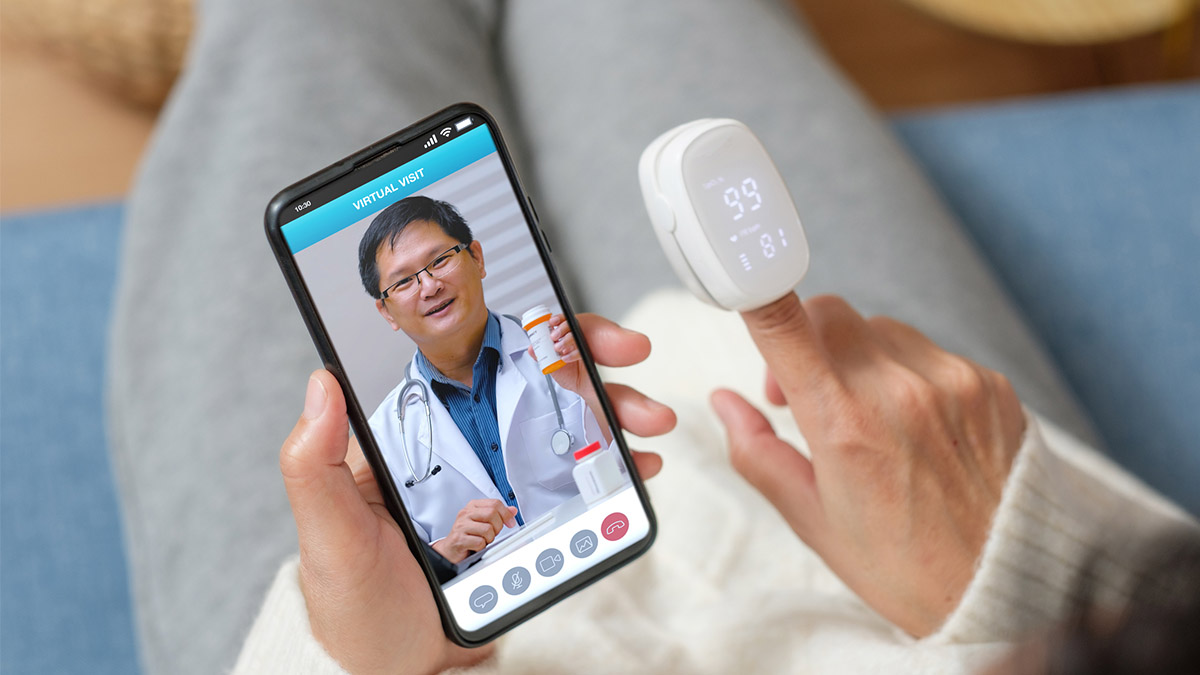Changes in Healthcare Information Sharing from a Physician’s Perspective

One lesson that stayed with me from my training decades ago was “If you have a dollar for every diagnosis, spend 90 cents on the history.” Knowing the patient and their story is critical to providing high quality care. Electronic health records (EHRs) strive to deliver these patient stories in a convenient, reliable, accessible way. But as healthcare entities compete to deliver great care experiences and outcomes while ensuring patient privacy, electronic repositories of information developed remain siloed. Fortunately, government and other entities have recognized the need to share patient information securely and effectively to break down the siloes and make patient stories more comprehensive.
In this article, we provide the physician’s perspective on how some recent regulatory changes regarding healthcare information sharing may begin to impact today’s healthcare provider practices.
Fast Healthcare Interoperability Resources (FHIR)
The Fast Healthcare Interoperability Resources (FHIR) standard allows healthcare information to be shared more quickly and easily. This standard defines the way health information “packets” are stored which allows for better exchange. The underlying technologies are familiar to software developers making it easier for organizations to adopt. One very important benefit of FHIR is that it allows new software developers to work in the healthcare space. The tools are free and adaptable, so hopefully healthcare will benefit more easily from software advances in other fields.
Veradigm® EHR (formerly Allscripts Professional EHR) FHIR solution enables practices and patients to access their data securely using third-party applications, many of which are mobile applications. The latest FHIR release, FHIR R4, is now supported by Veradigm EHR. This means, your practice will have control over which FHIR R4 applications connect to the EHR.
Some potential use cases include:
- Patient-facing applications: May include applications that patients can use in addition, or as an alternative, to the Veradigm® FollowMyHealth portal
- Provider-facing applications: May include applications that allow healthcare providers outside of your practice to access data about a patient for treatment. (Providers within your practice might also find some of these applications useful.)
- SMART on FHIR applications that are also FHIR-R4 compliant can be launched from the EHR patient banner at the point of care, to provide a physician with greater clinical insight
- Bulk export: In certain instances, payers, ACOs, and population health solutions may consent with practices to access large volumes of data
2015 Edition Cures Update
The 2015 Edition Health IT Certification Criteria were designed to improve the exchange of healthcare information. The criteria allowed electronic health records to become certified that they meet these criteria. In addition to interoperability, the criteria included patient access to their own health information, tools for better care quality and coordination, and developer standards. The 2015 Edition Cures Update is the latest update to these criteria. The update is focused on several interoperability improvements including supporting patients’ access to their own health information, allowing providers to export information on their entire patient population, requiring FHIR for application development, and improving health information privacy and security.
Veradigm EHR has achieved 2015 ONC Health IT Update Certification. This certification confirms that the EHR has the functionality eligible clinicians need to successfully meet federal reporting requirements, including the latest 21st Century Cures Act regulations and participate in quality programs requiring certified EHR technology.
Information Blocking
While FHIR and the Cures Update are positive incentives for organizations to promote secure health data information exchange, the flip side is Information Blocking (IB). IB rules lay out what activities interfere with electronic health information access, use, or exchange. The rules describe the “actors” who could cause IB, whether intentional or not, which includes health organizations, providers, and electronic health record companies. Exceptions are also explained which allow appropriate blocking. One critically important element of IB rules is that health care providers can be penalized up to one million dollars per incident of IB. This highlights the need for healthcare providers and groups to understand the regulatory and technology changes that are coming.